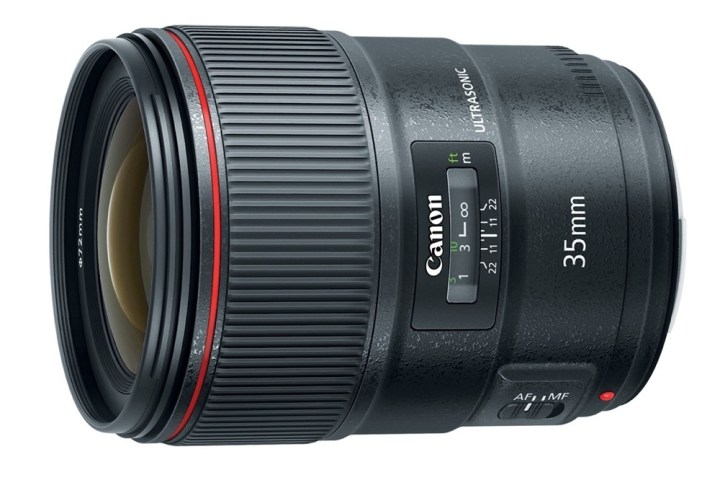
BR Optics helps correct a problem where there is color distortion due to the refractive indices or wavelengths of light produced by the lens. One issue of chromatic aberration is color fringing (or purple fringing) along the boundaries of photos. According to Chuck Westfall, Canon’s technical adviser, “Chromatic aberration is one of the toughest image defects in terms of correction.” The level of correction BR Optics offers was not physically possible before, he says, allowing for improved sharpness – crucial for wide-angle lenses.

The technology uses organic material to correct color. The problem occurs because natural light and white light “comprises a spectrum of wavelengths, or colors, each of which realizes a unique refractive index when passing through a lens,” according to Canon. Chromatic aberration happens because not all the meet at the same point. The BR Optics element, which is placed between two glass elements, refracts the blue wavelength – a difficult feat, because of its short wavelength – to correct the distortion.

Beyond BR Optics, Canon also built in new elements that enhance the lens’ performance (two aspherical elements and one UD glass element in a 14 element, 11 group optical formula). The lens has new aspherical elements and UD glass elements. The new design also includes a Sub-Wavelength Structure Coating (SWC) to help decrease flare and ghosting. The lens has a minimum focusing distance of 11 inches (0.28 meters), which allows for a maximum magnification of 0.21x that lends itself to close-up shots. The lens is resistant to dust and water, and a flourine coating on the front and rear lens surfaces repels liquids and dust particles. Autofocusing is nearly silent.
The lens will be available in October for $1,799. The lens comes with a hood and storage pouch, and is compatible with 72mm filters.
Editors' Recommendations
- Lens teardown reveals how Canon made an affordable super-telephoto
- Lightweight and low-cost, Fujifilm X-T200 and new 35mm lens target beginners
- Leica’s new 50mm lens will set you back $4,500, because Leica


